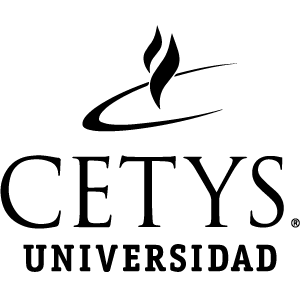https://repositorio.cetys.mx/handle/60000/890| Campo DC | Valor | Lengua/Idioma |
|---|---|---|
| dc.contributor.author | Cibrian, Franceli L. | - |
| dc.contributor.author | Madrigal Rocha, Laura Melisa | - |
| dc.contributor.author | Alvelais-Alarcón, Marina | - |
| dc.contributor.author | Tentori, Mónica | - |
| dc.contributor.other | CETYS Universidad | es_ES |
| dc.date.accessioned | 2020-10-06T18:51:47Z | - |
| dc.date.available | 2020-10-06T18:51:47Z | - |
| dc.date.created | 2020-03-23 | - |
| dc.date.issued | 2020-09 | - |
| dc.identifier.issn | 0891-4222 | - |
| dc.identifier.uri | https://repositorio.cetys.mx/handle/60000/890 | - |
| dc.description.abstract | Aim To evaluate the efficacy of Neurologic Music Therapy (NMT) using a traditional and a technological intervention (elastic touch-display) in improving the coordination of children with Autism Spectrum Disorder (ASD), as a primary outcome, and the timing and strength control of their movements as secondary outcomes. Methods Twenty-two children with ASD completed 8 NMT sessions, as a part of a 2-month intervention. Participants were randomly assigned to either use an elastic touch-display (experimental group) or tambourines (control group). We conducted pre- and post- assessment evaluations, including the Developmental Coordination Disorder Questionnaire (DCDQ) and motor assessments related to the control of strength and timing of movements. Outcomes and results All participants improved their coordination, according to the DCDQ scores, and exhibited better control of their movements according to the strength and timing assessments after the intervention. Participants who used the elastic touch-display scored higher on the DCDQ. Conclusions and implications NMT is an efficacious treatment to improve the coordination skills of children with ASD. Elastic touch-displays provide more benefits than the use of tambourines. | es_ES |
| dc.description.sponsorship | Research in developmental disabilities | es_ES |
| dc.language.iso | en | es_ES |
| dc.relation.ispartofseries | 106; | - |
| dc.rights | Atribución-NoComercial-CompartirIgual 2.5 México | * |
| dc.rights.uri | http://creativecommons.org/licenses/by-nc-sa/2.5/mx/ | * |
| dc.subject | Autism spectrum disorder | es_ES |
| dc.subject | Neurologic music therapy | es_ES |
| dc.subject | Coordination | es_ES |
| dc.subject | Elastic displays | es_ES |
| dc.subject | Technological intervention | es_ES |
| dc.title | Supporting coordination of children with ASD using neurological music therapy: a pilot randomized control trial comparing an elastic touch-display with tambourines | es_ES |
| dc.title.alternative | Research in developmental disabilities | es_ES |
| dc.type | Article | es_ES |
| dc.description.url | https://doi.org/10.1016/j.ridd.2020.103741 | es_ES |
| dc.identifier.indexacion | Scopus | es_ES |
| dc.subject.sede | Sistemas | es_ES |
| Aparece en las colecciones: | Artículos de Revistas | |
| Fichero | Descripción | Tamaño | Formato | |
|---|---|---|---|---|
| 1-s2.0-S0891422220X00096-cov200h.gif | Research in developmental disabilities | 12.77 kB | GIF |  Visualizar/Abrir |
Este ítem está protegido por copyright original |
Este ítem está sujeto a una licencia Creative Commons Licencia Creative Commons


